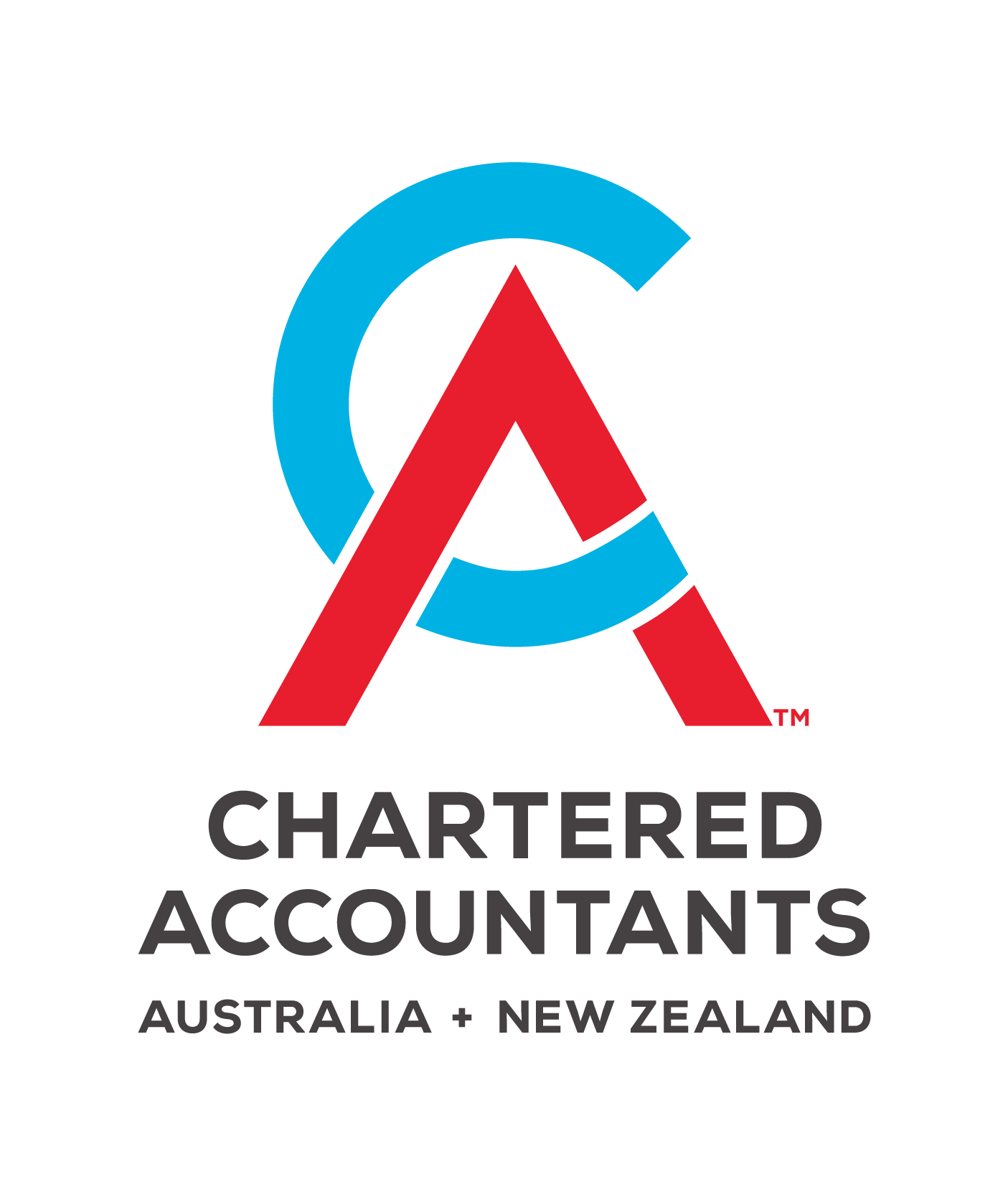News Articles
In Australia’s industrial relations system, the building and construction industry has several ‘nuances’ not common to other sectors. For example, various provisions in the Building and Construction General On-site Award 2020 (Award) differ significantly from other modern awards. Another nuance unique to the sector is its portable long-service leave scheme.
This article briefly explains some of these nuances with a focus on the Award’s redundancy provisions and the South Australian long service leave laws for the building and construction industry.
Industry specific redundancy scheme
Instead of the redundancy provisions provided in the National Employment Standards (NES) of the Fair Work Act 2009 (Cth), the building and construction industry award includes an industry-specific redundancy scheme.
Moreover, three essential parts of these redundancy provisions set it apart from the other modern awards.
First, the term 'redundant' in the award does not carry its usual meaning. Employees, for example, can be entitled to redundancy pay even if they resign - although this provision doesn't apply to workers with less than one year's service.
General award provisions
In keeping with the distinctive nature of the building and construction industry, the Onsite Award includes special provisions involving the employment categories that reflect the type of work in the industry and the flexibility of work. For example, a ‘daily hire’ employee can be a tradesperson or labourer. These workers are uniquely engaged or terminated with one day’s notice by either party, which is distinct from casual work in other industries. Other examples of work practices that are distinctive to the building and construction industry include:
Employees, for example, could be entitled to redundancy pay even if they resign...
- Industry allowances paid for ‘all purposes’ in the Award effectively become part of an employee’s ordinary pay rate.
- Detailed provisions for workers working at remote worksites away from their place of residence. The Award also has explicit provisions for travel required during work.
- Varying shift work provisions depend on whether the employer and employee are in the general building and construction or civil construction sectors. The main differences apply to the civil construction sector, with its special provisions for shift workers’ ordinary hours, penalty rates, overtime, and days off. Apart from these provisions, the civil construction sector falls under the broad category of the general building and construction industry in the award.
Second, the amount of redundancy pay differs from other modern awards and the NES, and it has more variations for each year of service. As of the date of writing, the entitlement to redundancy pay under the award is as follows:
| Period of continuous service with an employer | Redundancy/severance pay |
|---|---|
| Less than 12 months' service | 1.75 hours per week of service if, and only if, redundancy is occasioned otherwise than by the employee |
| 1 year or more but less than 2 years | 2.4 weeks’ pay plus for all service in excess of 1 year, 1.75 hours pay per completed week of service up to a maximum of 4.8 weeks’ pay |
| 2 years or more but less than 3 years | 4.8 weeks’ pay plus, for all service in excess of 2 years, 1.6 hours pay per completed week of service up to a maximum of 7 weeks’ pay |
| 3 years or more but less than 4 years | 7 weeks’ pay plus, for all service in excess of 3 years, 0.73 hours pay per completed week of service up to a maximum of 8 weeks’ pay |
| 4 years or more | 8 weeks’ pay |
Also, an employer may offset an employee’s redundancy pay entitlement in whole, or in part, by making advance contributions to a redundancy pay scheme. The scheme must be an Approved Worker Entitlement Fund under the Fringe Benefits Tax Assessment Act 1986 (Cth).
The amount an employee is entitled to on termination, or the amount the employer can offset with contributions, depends on the benefit the employee receives from the scheme.
Construction industry long service leave
Some South Australian workers in the building and construction industry are covered by the Construction Industry Long Service Leave Act 1987 (SA) (CILSL Act).
This legislation is South Australia’s portable long-service leave legislation for the construction industry. In summary, the CILSL Act allows workers to accrue long service leave based on service in the construction industry. While the employer grants leave under the CILSL Act when the employee’s entitlement has accrued, the Construction Industry Long Service Leave Board pays for long service leave.

What about long service leave accruals under the Long Service Leave Act 1987 (SA) (LSL Act)? The CILSL Act provides for those situations when a worker has accrued long service leave under the LSL Act (for example, if they transferred from a construction role to a non-construction role for the same employer).
Depending on the circumstances, an employer may be entitled to payment from the Board or be required to reimburse the Board, depending on whether the leave was taken while the worker was a building and construction worker or a non-construction worker. Can can read more about Portable Long Service Leave in our information sheet.
What does this mean for employers?
This summary is not advice and shows some of the nuances employers need to be aware of in the building and construction industry when it comes to leave awards in South Australia. For more information contact the Construction Industry Long Service Leave Board or speak to a construction and building industry expert from Brentnalls SA.
Discuss Further?
If you would like to discuss, please get in touch.
Disclaimer
The information provided in this article does not constitute advice. The information is of a general nature only and does not take into account your individual situation. It should not be used, relied upon, or treated as a substitute for specific professional advice. We recommend that you contact Brentnalls SA before making any decision to discuss your particular requirements or circumstances.








